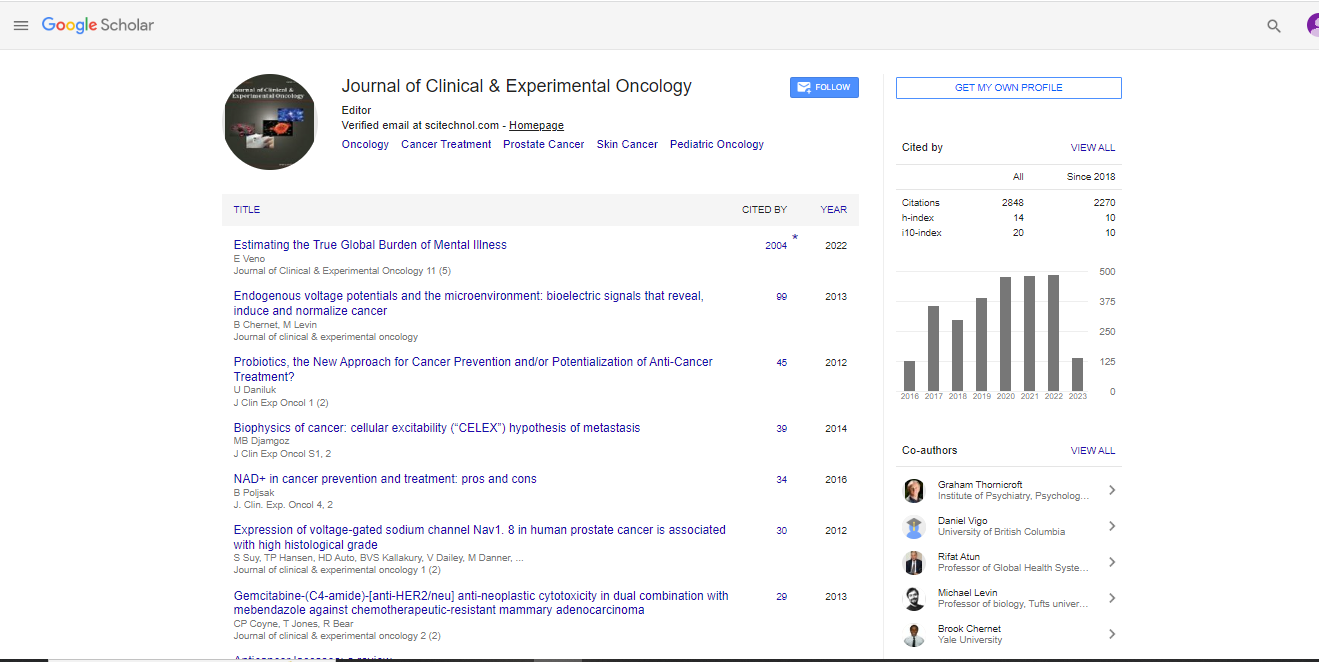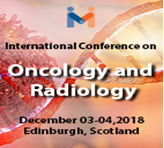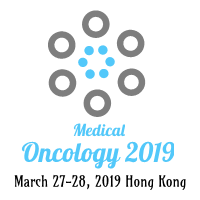Perspective, J Clin Exp Oncol Vol: 12 Issue: 4
Human Breast Cancer Cell by Activating The Glycogen Synthase Kinase 3 Signaling
Finn Peterson *
Department of Surgery, University of Nairobi Medical School, Nairobi, Kenya
*Corresponding Author: Finn Peterson
Department of Surgery, University of Nairobi Medical School, Nairobi, Kenya
Email: finn.peters@med.kn
Received date: 24 July, 2023, Manuscript No. JCEOG-23-64509;
Editor assigned date: 26 July, 2023, PreQC No. JCEOG-23-64509 (PQ);
Reviewed date: 10 August, 2023, QC No JCEOG-23-64509
Revised date: 21 August, 2023, Manuscript No. JCEOG-23-64509 (R);
Published date: 28 August, 2023, DOI: 10.4172/2324-9110.1000369
Citation: Finn Peterson (2023) Human Breast Cancer Cell by Activating the Glycogen Synthase Kinase 3 Signaling. J Clin Exp Oncol 12:4.
Keywords: Estrogen Receptors
Description
The bosom is comprised of various tissues, going from extremely greasy tissue to exceptionally thick tissue. Inside this tissue is an organization of flaps. Every flap is comprised of little, tube-like designs called lobules that contain milk organs. Small conduits interface the organs, lobules, and projections, conveying milk from the flaps to the areola. The areola is situated in the areola, which is the more obscure region that encompasses the areola. Blood and lymph vessels additionally run all through the bosom. Blood supports the cells. The lymph framework depletes in essence by-products. The lymph vessels associate with lymph hubs, the little, bean-formed organs that assist with battling contamination. Gatherings of lymph hubs are situated in various regions all through the body, like in the neck, crotch, and mid-region. Provincial lymph hubs of the bosom are those closes by the bosom, like the lymph hubs under the arm. Disease starts when sound cells in the bosom change and outgrow control, framing a mass or sheet of cells called a cancer. A growth can be malignant or harmless. A dangerous growth is threatening, meaning it can develop and spread to different pieces of the body.
A harmless cancer implies the growth can develop however won't spread. Bosom malignant growths can begin from various pieces of the bosom. The bosom is an organ that sits on top of the upper ribs and chest muscles. There is a left and right bosom and everyone has basically organs, conduits, and greasy tissue. In ladies, the bosom makes and conveys milk to take care of babies and newborn children. How much greasy tissue in the bosom decides the size of each bosom. Conduits are little channels that emerge from the lobules and convey the milk to the areola. This is the most well-known place for bosom malignant growth to begin. Malignant growths that beginning here are called ductal tumors. Veins and lymph vessels are additionally tracked down in each bosom. Angiosarcoma is a more uncommon kind of bosom malignant growth that can begin in the covering of these vessels. The lymph framework is depicted underneath.
Bosom malignant growth cells taken out during a biopsy or medical procedure will be tried to check whether they have specific proteins that are estrogen or progesterone receptors. At the point when the chemicals estrogen and progesterone join to these receptors, they invigorate the disease to develop. Tumors are called chemical receptor-positive or chemical receptor-negative in light of whether they have these receptors (proteins). Knowing the chemical receptor status is significant in choosing treatment choices. Get some information about your chemical receptor status and how it affects you. Receptors are proteins in or on cells that can join to specific substances in the blood. Ordinary bosom cells and some bosom malignant growth cells have receptors that join to the chemicals estrogen and progesterone, and need these chemicals for the cells to develop. Knowing the chemical receptor status of your disease assists specialists with choosing how to treat it. On the off chance that your disease has either of these chemical receptors, chemical treatment medications can be utilized to either bring down estrogen levels or prevent estrogen from following up on bosom malignant growth cells. This sort of therapy is useful for chemical receptor-positive bosom malignant growths, however it doesn't chip away at cancers that are chemical receptor-negative both ER-and PR-negative.
Hormone Receptor Positive
Bosom tumors communicating Estrogen Receptors (ER) or potentially progesterone receptors (PR) are classified "chemical receptor positive." These receptors are proteins tracked down in cells. Growths that have estrogen receptors are classified "emergency room positive." Tumors that have progesterone receptors are designated "PR positive." Only 1 of these receptors should be positive for a disease to be called chemical receptor positive. This sort of malignant growth might rely upon the chemicals estrogen as well as progesterone to develop. Chemical receptor-positive tumors can happen at whatever stage in life, yet are more normal in ladies who have gone through menopause. Around 66% of bosom diseases have estrogen or potentially progesterone receptors. Diseases without these receptors are classified "chemical receptor negative."Bosom malignant growth cells taken out during a biopsy or medical procedure will be tried to check whether they have specific proteins that are estrogen or progesterone receptors. At the point when the chemicals estrogen and progesterone join to these receptors, they invigorate the disease to develop. Tumors are called chemical receptor-positive or chemical receptor-negative in light of whether they have these receptors proteins. Knowing the chemical receptor status is significant in choosing treatment choices. Get some information about your chemical receptor status and how it affects you. Receptors are proteins in or on cells that can join to specific substances in the blood. Ordinary bosom cells and some bosom malignant growth cells have receptors that join to the chemicals estrogen and progesterone, and need these chemicals for the cells to develop.
Knowing the chemical receptor status of your disease assists specialists with choosing how to treat it. On the off chance that your disease has either of these chemical receptors, chemical treatment medications can be utilized to either bring down estrogen levels or prevent estrogen from following up on bosom malignant growth cells. This sort of therapy is useful for chemical receptor-positive bosom malignant growths; however it doesn't chip away at cancers that are chemical receptor-negative both ER-and PR-negative. Bosom tumors communicating Estrogen Receptors (ER) or potentially Progesterone Receptors (PR) are classified "chemical receptor positive." These receptors are proteins tracked down in cells. Growths that have estrogen receptors are classified "emergency room positive." Tumors that have progesterone receptors are designated "PR positive." Only 1 of these receptors should be positive for a disease to be called chemical receptor positive. This sort of malignant growth might rely upon the chemicals estrogen as well as progesterone to develop. Chemical receptor-positive tumors can happen at whatever stage in life, yet are more normal in ladies who have gone through menopause. Around 66% of bosom diseases have estrogen or potentially progesterone receptors. Diseases without these receptors are classified "chemical receptor negative."
 Spanish
Spanish  Chinese
Chinese  Russian
Russian  German
German  French
French  Japanese
Japanese  Portuguese
Portuguese  Hindi
Hindi 



